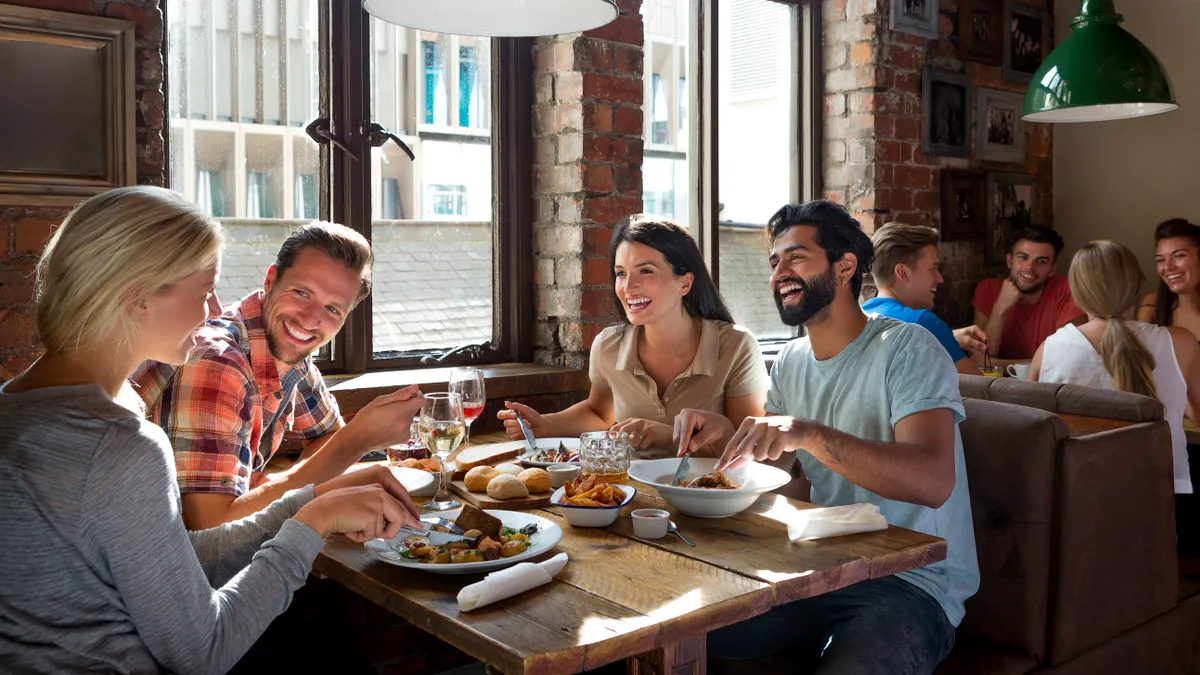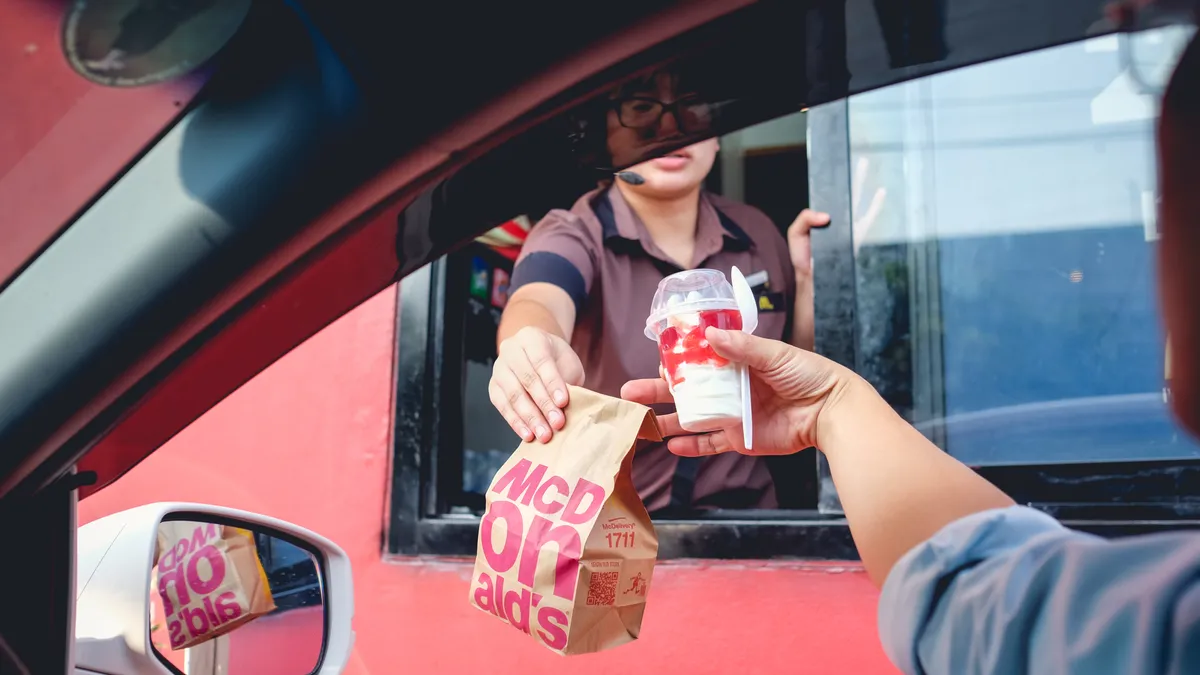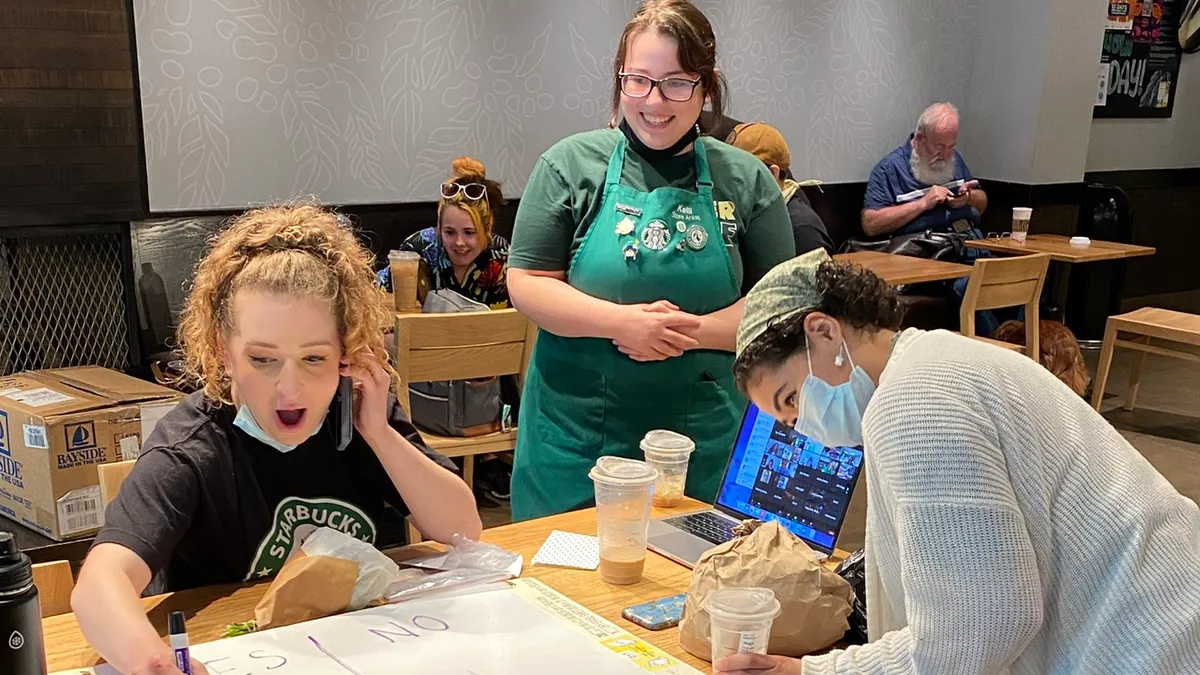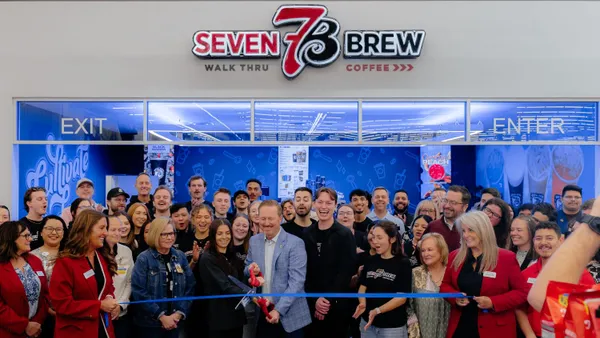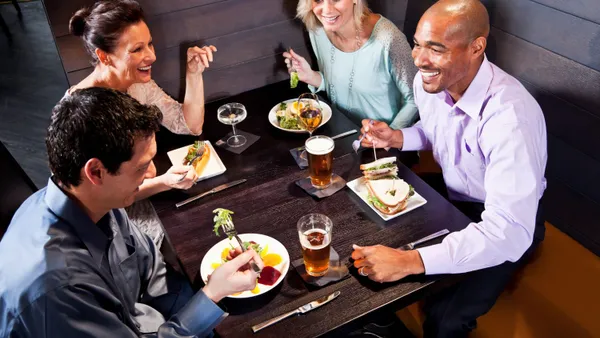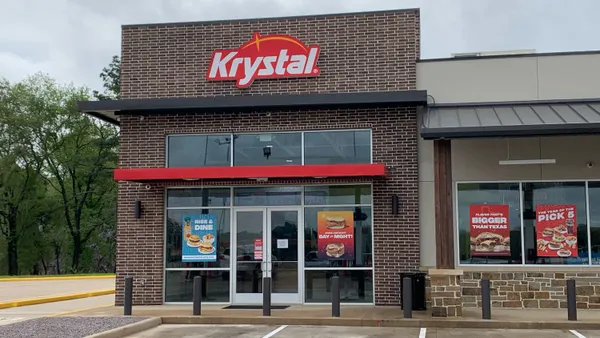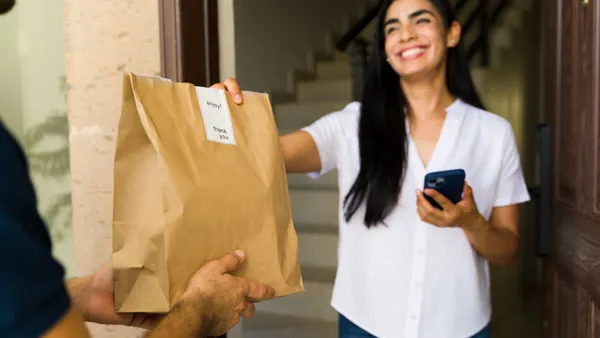When predicting where the restaurant industry is headed next, brands no longer need to rely on opinions and assumptions — instead, they can deploy a data-driven approach that yields results. This is particularly important during times of disruption and uncertainty like these, when inflation and a potential recession loom.
One reference point for industry leaders is Waze’s navigation dashboard, which has become a go-to for brands that are eager to tap real-time insights into consumer driving trends. In fact, internal Waze data shows that despite the recent rise in gas prices and consolidation of trips, miles driven on Waze continue to climb, with drives on Waze up 10%.1
To complement those analytics, Waze recently partnered with Restaurant Dive to survey a broad cross-section of restaurant leaders on their upcoming priorities and plans. Coming out of this survey and drawing from other exclusive Waze data, the following three key insights will allow brand marketers and their agency counterparts to tweak their strategies to drive traffic for the remainder of 2022 and beyond.
Taking advantage of on-the-go customers: 87% of surveyed brand and agency leaders in the restaurant marketing space agree or strongly agree that consumers will make more impulse decisions about where they will eat.2
While the pandemic disruption may have solidified a few loyalties — helping to keep a favorite restaurant afloat, for instance — many regular dining patterns were disrupted as routines went out the window. That transformed the restaurant climate, and now consumers can reasonably be attracted to a new spot at any time.
Add in altered work schedules and travel times, and this creates an opening for restaurants looking to establish new relationships with on-the-go consumers. Respondents to a recent survey of brand and agency industry leaders conducted by Restaurant Dive on behalf of Waze confirm that diners are thinking differently than they did prior to the pandemic.
“Consumer behavior changes have opened up new possibilities for attracting hungry, on-the-go customers, who are now interested in returning to in-restaurant dining,” says Mike Wilson, Head of Industry for Restaurants at Waze. In fact, Waze user navigations to the overall restaurant category are up 5.7% through the first two quarters of 2022, with a 6.9% rise in navigations to sit-down restaurants compared to the same time last year.3
The secret to converting on-the-go customer traffic is to catch them in the right place at the right time by alerting them to the location’s presence. For example, restaurants might assume that on-the-go breakfast went away with the regular morning commute, but 54% of consumers bought breakfast away from home recently, despite inflation.4 With breakfast purchases occurring almost equally on weekends and weekdays, this behavior persists throughout the week.5 As they say, “breakfast is the most important meal of the day,” and in fact, 54% of consumers bought breakfast away-from-home recently, despite inflation. As far as where consumers are starting their dining days, since the onset of the pandemic, they are more open than they were before to being influenced on the go.
“Advertising to these diners based on location and time of day can give restaurant brands a huge advantage over the competition,” Wilson notes.
Fostering loyalty by increasing in-person visits: 83% of surveyed brand and agency leaders in the restaurant marketing space say increasing in-person visits to restaurant locations is a critical or high priority.6
By bringing diners in the door, restaurants can build connections that foster brand loyalty — and protect their brand reputation by ensuring they own the entire experience, from staff interaction to food quality. As one survey respondent shared, “I feel that there is a bigger impact from bringing customers into the restaurant versus interaction via third-party delivery apps. It's more profitable to bring customers inside.”
Additional survey findings confirmed restaurant brands are enhancing their operations to prepare for this influx, saying they agreed or strongly agreed their organizations would upgrade the following in the next 12 months: drive-thru service (94%), convenient takeout/curbside pickup (86%), outdoor seating availability (85%) and in-restaurant seating (85%).7
To capitalize on improvements, restaurants can introduce diners to these improved amenities by using a variety of communication channels.
Driving in-person visits more efficiently: 90% of surveyed brand and agency leaders in the restaurant marketing space say in-car and digital out-of-home advertising are effective or extremely effective for driving in-person visits to restaurant locations.8
The survey underscored the realization of brand and agency leaders that perpetually connected consumers are constantly looking for new experiences and insights. This creates an opening for instant marketing that can’t be ignored — especially at high-volume times — which has been a winning strategy for Texas-based Fuzzy’s Taco Shop.
“We’re seeing more on-the-go dining than we were two to three years ago, so Waze Ads help us get in front of customers who may not have been thinking of us at the moment or may not have known we are in the area,” says Laura Purser, Vice President of Marketing for Fuzzy’s. The proof is in the numbers, according to Nikki Rasmussen, Fuzzy’s Taco Shop Director of Digital Marketing. “Our conversion rates from navigations, takeovers and other Waze-supported advertising have been through the roof,” she said.
It’s been a target-rich environment, considering that miles driven on Waze are up despite rising gas prices. Road-trip related searches soared 95% in April and May 2022, compared to February and March 2022.9
In-car advertising is a strategy that pairs well with social media advertising, which 94% of respondents found effective or extremely effective.10
“The bottom line is that dining decisions are made by people who are engaging with their devices,” Wilson says. “It stands to reason that the brand that’s front-and-center when that consumer is hungry will often win their business. There’s no better avenue for seizing that advantage than in-car or digital out-of-home advertising.”
In today’s digital era, data-driven strategies are the key to a flourishing brand. Read on to find out more about what top restaurant and retail brands had to say, and how Waze Ads can help boost trial and nurture customer loyalty.
Sources:
[1] Internal Waze Data
[2] studioID survey commissioned by Waze, April 2022
[3] “Category Trends.” Waze, Accessed 4 August 2022, URL, 2022
[4] Custom Breakfast Google Consumer Survey, May 2022
[5] Custom Breakfast Google Consumer Survey, May 2022
[6] studioID survey commissioned by Waze, April 2022
[7] studioID survey commissioned by Waze, April 2022
[8] studioID survey commissioned by Waze, April 2022
[9] Waze Data, US, 2022
[10] studioID survey commissioned by Waze, April 2022

